
To effectively classify tobacco stems and impurities, a group of scientists from Jiangsu, China used hyperspectral superpixels to separate classify compounds and avoid the influence of interference fringes.

Developing Linear and Non-linear Raman Approaches to Address Important Biomedical Questions

Examining Pathogen-Induced Morphomolecular Divergence in Tumor-Derived Cells with Raman Spectroscopy: An Interview with Clara Craver Award Winner Ishan Barman

To effectively classify tobacco stems and impurities, a group of scientists from Jiangsu, China used hyperspectral superpixels to separate classify compounds and avoid the influence of interference fringes.

Bruno Pagano, full Professor of Physical Chemistry at the University of Naples Federico II (Italy), and his team have turned to UV resonance Raman (UVRR) spectroscopy to better understand these interactions. Spectroscopy spoke to Prof. Pagano about his work and the potential of UVRR spectroscopy as a valuable tool for studying G-quadruplex structures in biologically relevant conditions.
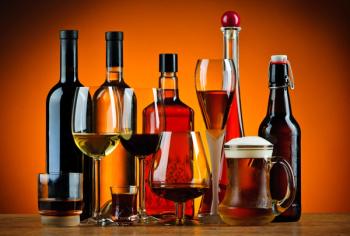
In a recent study published in Spectrochimica Acta Part A: Molecular and Biomolecular Spectroscopy, two researchers from India studied the molecular composition of topiramate, revealing new insights.

With more than four decades of experience, Larsen made significant contributions to the field of analytical chemistry.

In a recent study, scientists used a combination of SERS, butanol, and gold nanoparticles to analyze the virus.

A study published in Scientific Reports has given intricate details into the production and composition of Roman Egyptian blue pigment. Using advanced Raman microspectroscopy, researchers explored pigment balls and murals from ancient Swiss cities, uncovering evidence of raw material provenance, crystal lattice disorder, and the formation of a copper-bearing green glass phase, revealing the sophisticated techniques employed by Roman artisans.

Arzak Mohamed from Macquarie University in Australia broke down how she uses spectroscopy to analyze ancient manuscripts.
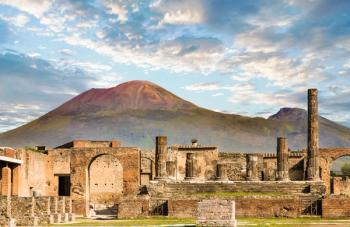
Scientists used spectroscopic techniques to learn more about paintings in the blue room of Ariadne’s house.

Accurately calibrating instruments is of the utmost importance for harmonization of Raman data.

Liquid crystals are used in a variety of fields including optics, electro-optics, biomedical and fast switching devices.

Webinar Date/Time: Thu, Sep 14, 2023 10:00 AM EDT
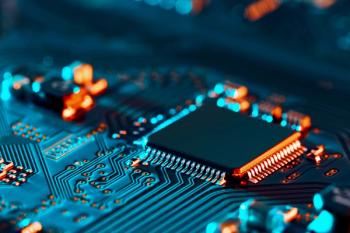
A recent study tests new systems meant to better analyze components in the semiconductor industry and pave the way for better electronic devices.

Scientists at West Virginia University have created a new LIBS system meant to better identify the components of gunshot residue at crime scenes and in evidence.

A study employing Raman spectroscopy has uncovered distinct metabolic alterations in cancer-associated fibroblasts (CAFs) isolated from overweight and obese endometrial cancer patients, providing valuable insights into the mechanistic link between obesity and endometrial cancer progression.
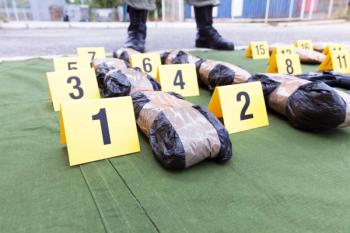
Shifted-excitation Raman difference spectroscopy (SERDS) is a technique that is capable of reducing the interference caused by fluorescence and improve the potential of Raman for distinguishing drug compounds in seized samples with fluorescent additives. Here, 43 drugs were analyzed to show the practical application of SERDS.

Researchers from Humboldt-Universität in Berlin have utilized ultraviolet resonance Raman (UVRR) spectroscopy to differentiate between bovine serum albumin (BSA) and human serum albumin (HSA) based on their similar structures and amino acid composition. By comparing the UVRR spectra of the proteins with those of specific amino acids, they have identified distinctive features that allow for accurate discrimination and provide insights into the secondary structure and binding sites of serum albumins.

Author Jean-Pierre P. de Vera talks to Spectroscopy magazine about his study in which seven biomolecules were exposed to a simulated Martian environment outside the International Space Station (ISS) for a period of approximately 15 months.

The detection of life on other planets is a research area of focus for scientists in space exploration. In this Q&A, Andreas Riedo of the Physics Institute at the University of Bern offers his thoughts on how spectroscopy is being used to detect organic molecules that are relevant for life.
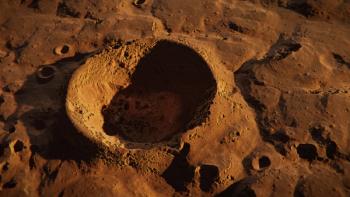
A Nature study reports the discovery of diverse organic-mineral associations in the Máaz and Séítah formations within Jezero crater on Mars, as observed by the Perseverance rover's SHERLOC instrument. The Raman and fluorescence findings indicate the presence of aromatic organic molecules within Martian soils.
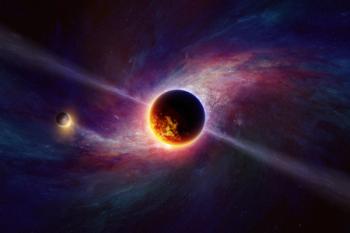
The study of exoplanets, or planets outside of our solar system, is becoming increasingly important in space exploration. Scientists are working to characterize these planets and Raman spectroscopy is playing a key role. Andrew Mattioda, a research scientist at the National Aeronautics and Space Administration (NASA) Ames Research Center, is on the front lines of this research.

Webinar Date/Time: Thu, Aug 17, 2023 11:00 AM EDT

Researchers have developed a non-destructive method for identifying monoclonal antibody drug substances using Raman spectroscopy.

Webinar Date/Time: Tuesday, July 25th, 2023 Morning session: 9:30am EDT|6:30am PST|3:30pm CET|2:30pm GMT Afternoon session: 2pm EDT|11am PST|8pm CET|7pm GMT Wednesday,July 26th, 2023 Morning session: 9:30am EDT|6:30am PST|3:30pm CET|2:30pm GMT Afternoon session: 2pm EDT|11am PST|8pm CET|7pm GMT
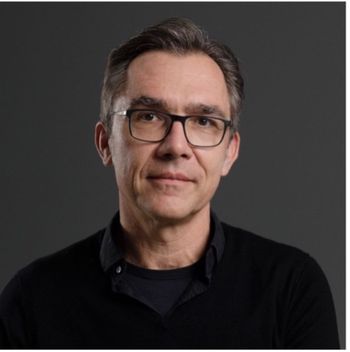
In this interview, Jürgen Popp discusses the importance of Raman spectroscopy, where it can make a difference, and how it can be evolved and improved on in the future.

A new study reveals the potential of Raman spectroscopy in recognizing nucleophosmin (NPM1) mutant gene expression in leukemia cells.